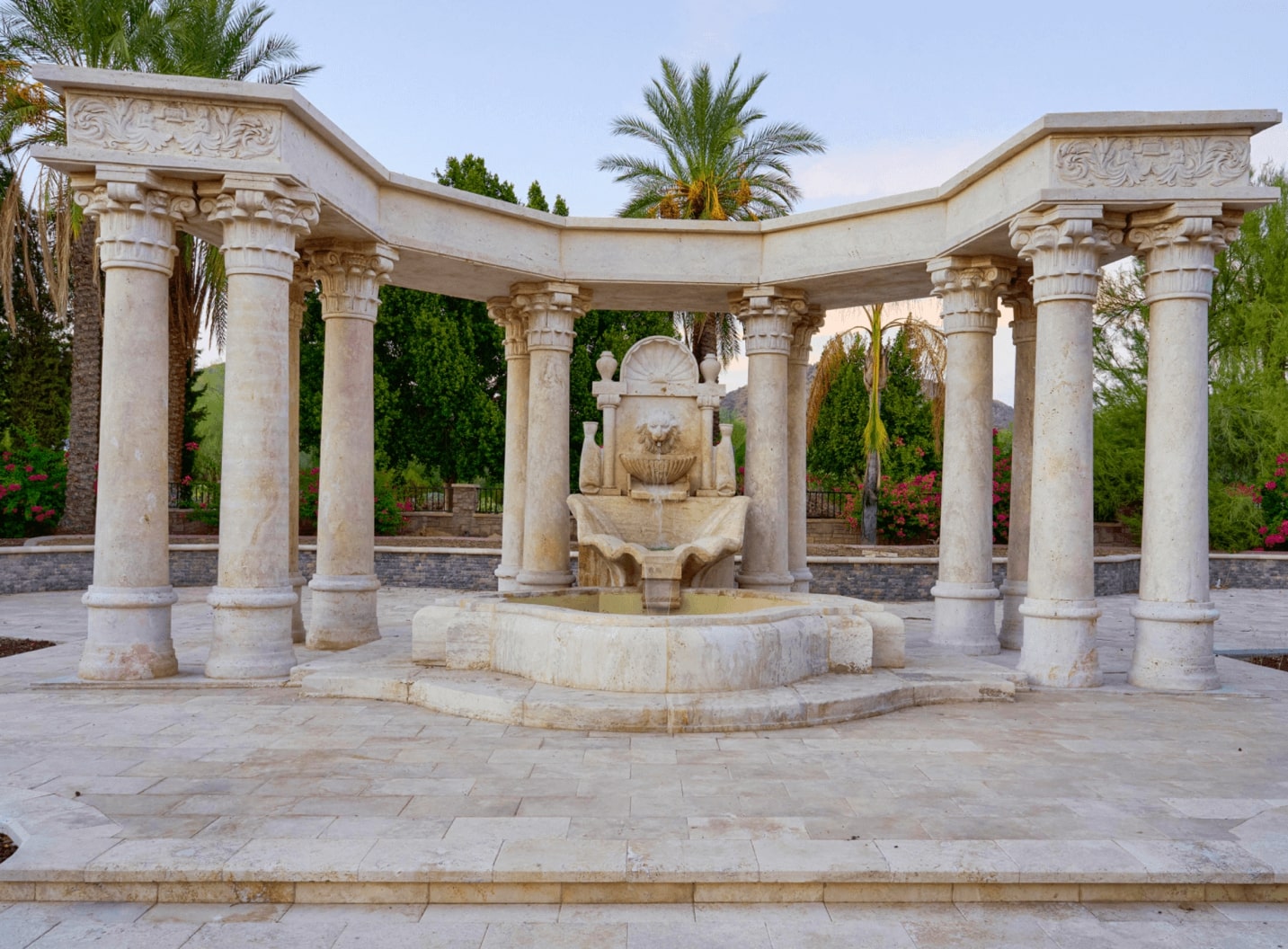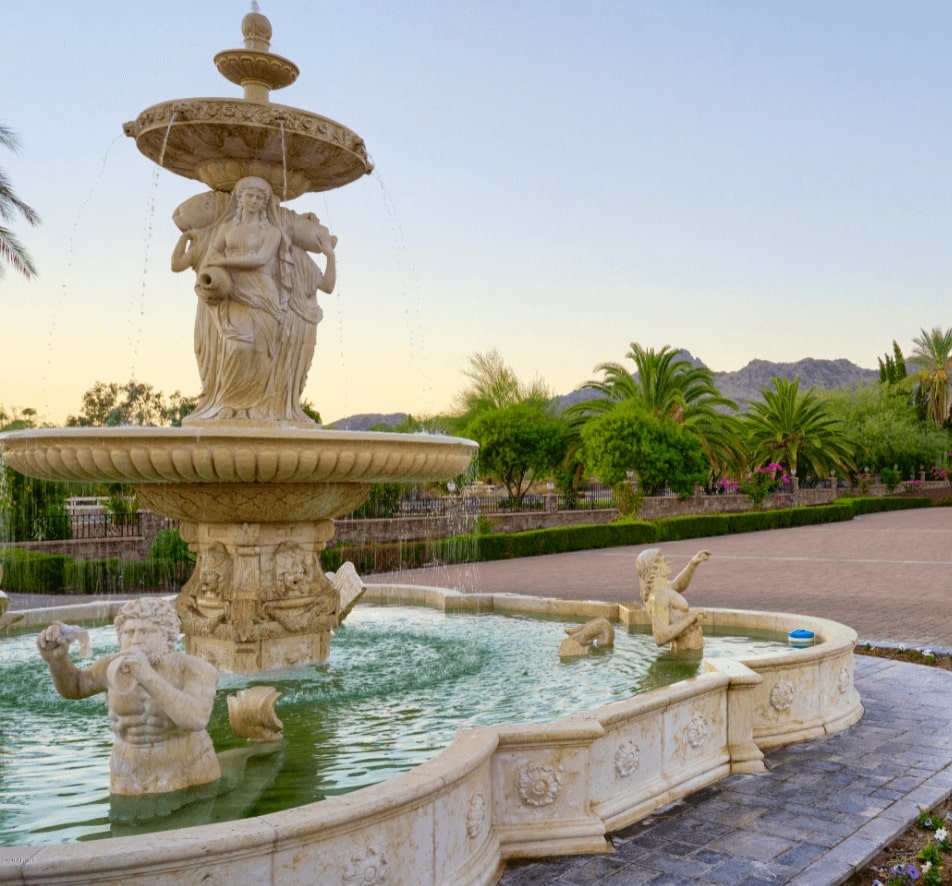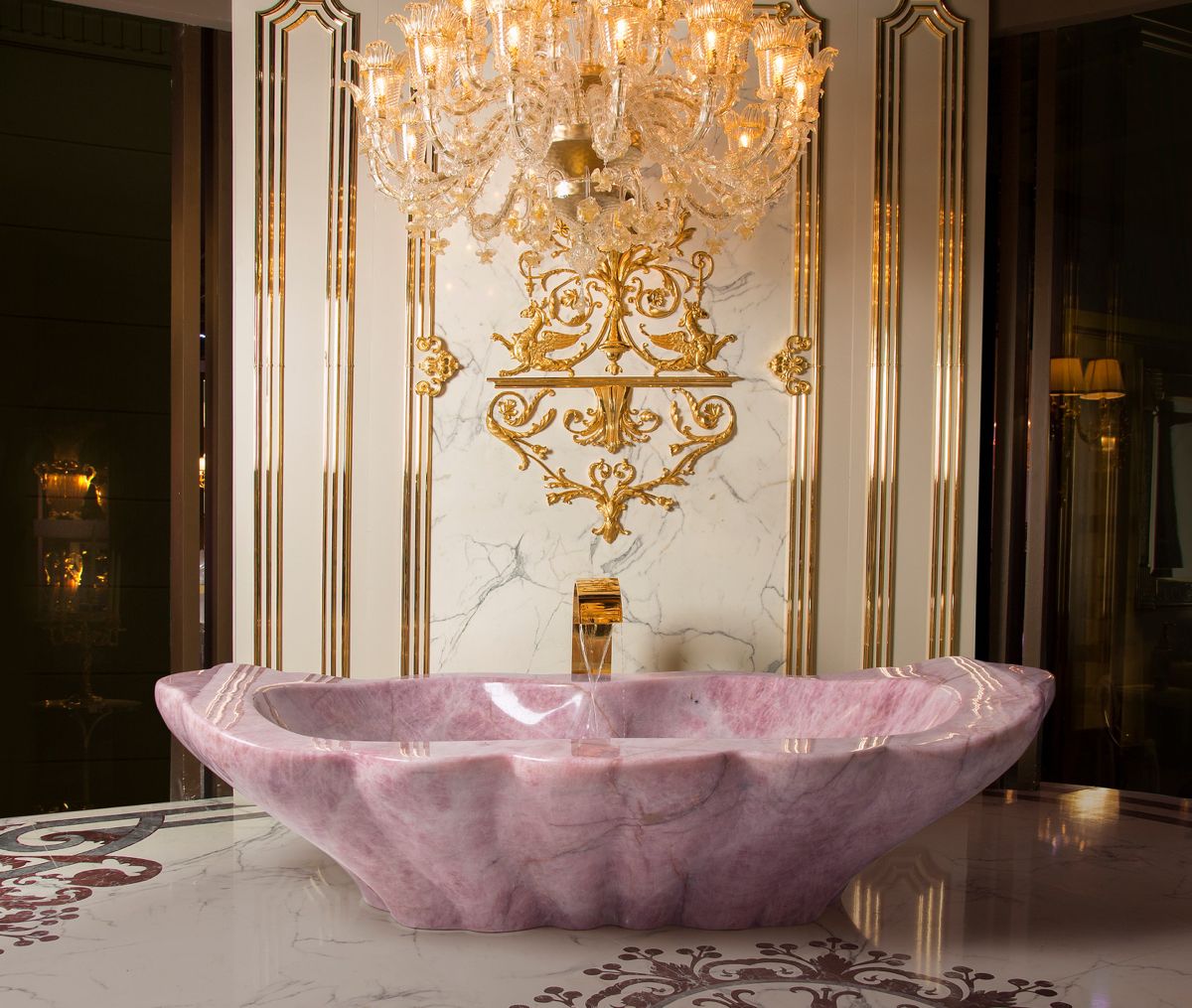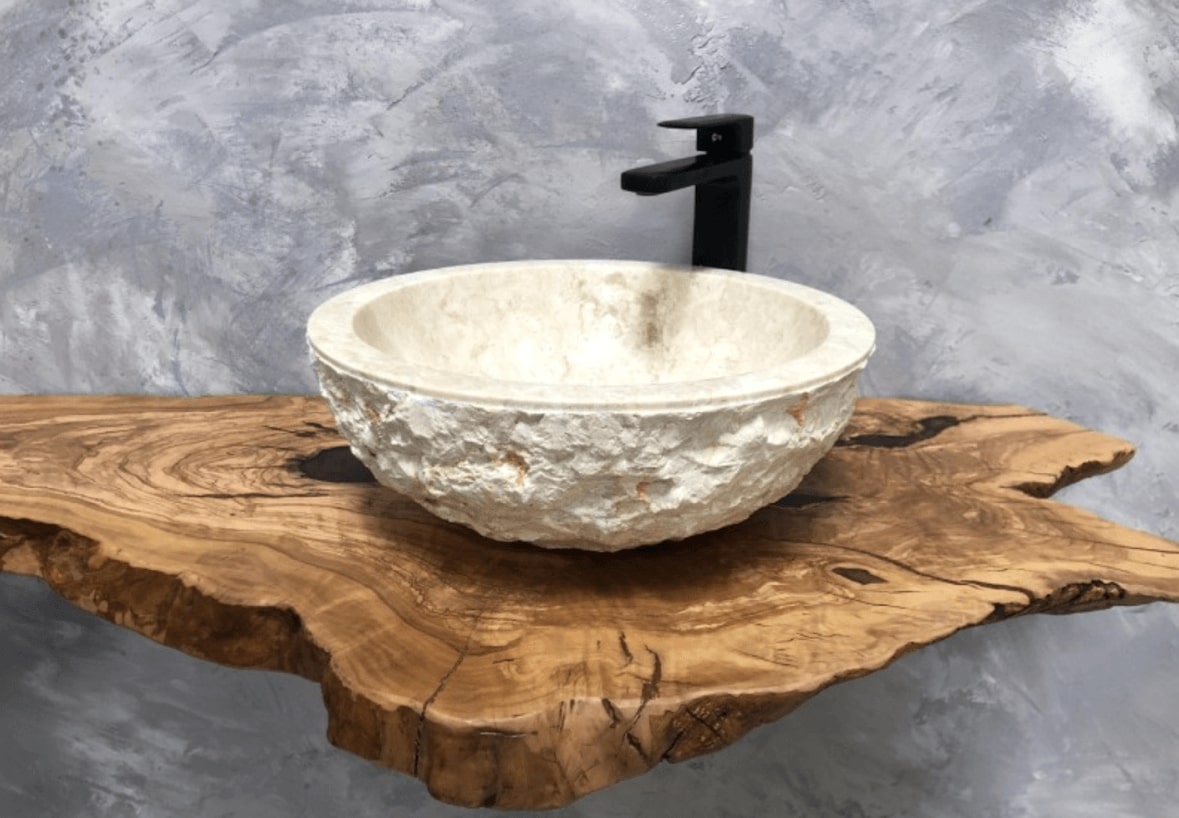Marble Statue from Greek: A Mastering Perfection
Greek marble statues hold a profound significance in the realm of art, serving as masterpieces that embody the exceptional craftsmanship and artistic prowess of the ancient Greeks. These statues, carved meticulously from marble, have captivated audiences for centuries with their timeless beauty and ability to evoke a sense of awe and admiration. Greek marble statues are revered not only for their aesthetic appeal but also for their cultural and historical importance, offering a window into the rich artistic heritage of ancient Greece.
The use of marble, a durable and elegant stone, in creating statues allowed the Greeks to achieve a level of perfection and realism that continues to inspire artists to this day. Marble statues served various purposes in Greek society, ranging from religious and mythological representations to commemorative works and political symbols. They were often placed in sacred temples, public spaces, and private residences, becoming an integral part of the cultural landscape.
Mastering perfection is a fundamental concept that defines the essence of Greek marble statues. The ancient Greek sculptors dedicated themselves to achieving the utmost level of excellence in their craft, striving for flawless execution and meticulous attention to detail. Their pursuit of perfection was evident in their mastery of anatomy, proportion, and the ability to infuse life-like qualities into cold, inert marble.
The concept of mastering perfection extended beyond mere technical skill. Greek sculptors sought to capture the idealized beauty of the human form, emphasizing harmonious proportions and idealized features. Through their sculptures, they aimed to embody the highest ideals of physical and spiritual perfection, reflecting the Greek belief in the pursuit of excellence in all aspects of life.
To illustrate the profound impact and beauty of Greek marble statues, an image of the iconic "Discobolus" by Myron would be fitting. This statue depicts a discus thrower frozen in a moment of dynamic tension, showcasing the sculptor's ability to capture the human form in motion and showcasing the mastery of sculptural technique.
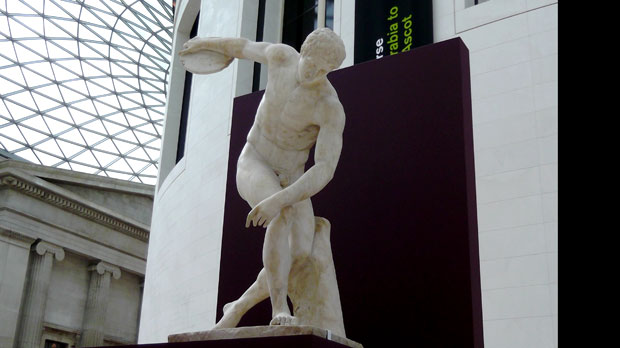
History and Background
The art of sculpture in ancient Greece has a long and illustrious history, spanning several centuries and undergoing significant stylistic transformations. The origins of Greek sculpture can be traced back to the Archaic period (c. 600-480 BCE), where statues exhibited stylized features and rigid postures influenced by Egyptian and Near Eastern art. As Greek society progressed, so did the art of sculpture, transitioning into the Classical period (c. 480-323 BCE), characterized by a shift towards naturalism and the exploration of human anatomy.
During the Hellenistic period (323-31 BCE), Greek sculpture reached new heights of expression and emotional intensity. Sculptors during this era pushed the boundaries of realism, creating highly detailed and emotionally charged marble statues. The Hellenistic period witnessed a fusion of various cultural influences, resulting in a diverse range of styles and subjects depicted in marble sculptures.
Greek mythology and religion played a pivotal role in the creation of marble statues. Greek gods and goddesses, as well as mythological heroes and figures, served as popular subjects for sculptors. These statues served not only as representations of divine beings but also as vessels for conveying religious beliefs and narratives.
For example, the famous statue of Aphrodite, known as the "Venus de Milo," epitomizes the idealized beauty and grace associated with the goddess of love and beauty. This statue, which is believed to have been created during the Hellenistic period, portrays Aphrodite emerging from the sea, capturing a moment of divine elegance and allure.
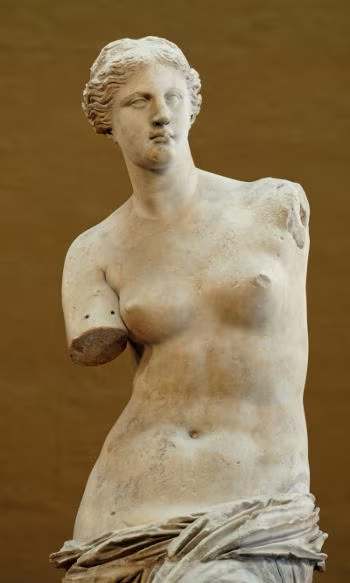
Characteristics of Greek Marble Statues
Greek marble statues were primarily crafted from high-quality marble quarried from various regions, including Paros, Naxos, and Pentelicus. Marble, with its smooth texture and ability to retain fine details, offered sculptors the ideal medium to bring their artistic visions to life. Sculptors utilized chisels, hammers, and other specialized tools to carve and shape the marble, employing a combination of subtractive and additive techniques.
One of the defining characteristics of Greek marble statues is the meticulous attention to human anatomy and proportion. Greek sculptors meticulously studied the human form, observing the interplay of muscles, bone structure, and subtle nuances of movement. This deep understanding of anatomy allowed them to create sculptures that achieved a remarkable sense of realism and balance.
The iconic "Doryphoros" (Spear Bearer) statue by Polykleitos serves as an exemplary representation of the idealized human form in Greek marble sculpture. This statue, created during the Classical period, showcases the sculptor's mastery of proportion, with each body part harmoniously balanced in relation to the whole.
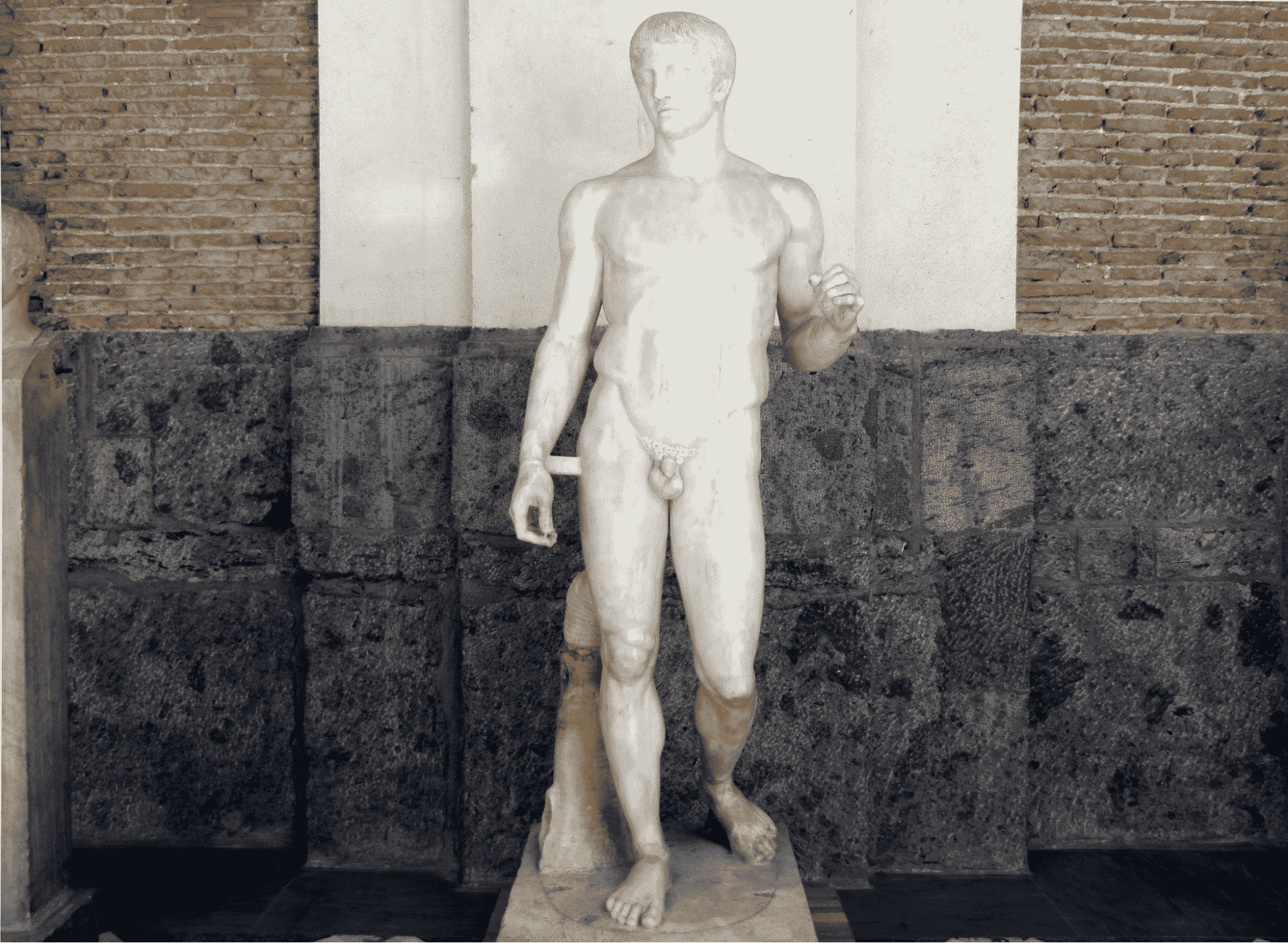
Greek marble statues possessed the ability to convey a wide range of emotions and narratives. Through subtle facial expressions, body language, and gestural details, sculptors infused their creations with emotional depth and storytelling elements. Whether capturing the grief of a fallen warrior or the joy of a victorious athlete, these statues offered glimpses into the human experience and evoked empathy and contemplation in viewers.
An evocative example of storytelling in Greek marble statues is the "Laocoön and His Sons" statue, which depicts a tragic scene from Greek mythology. The statue portrays the Trojan priest Laocoön and his sons being attacked by sea serpents, highlighting the dramatic intensity and anguish of the moment.
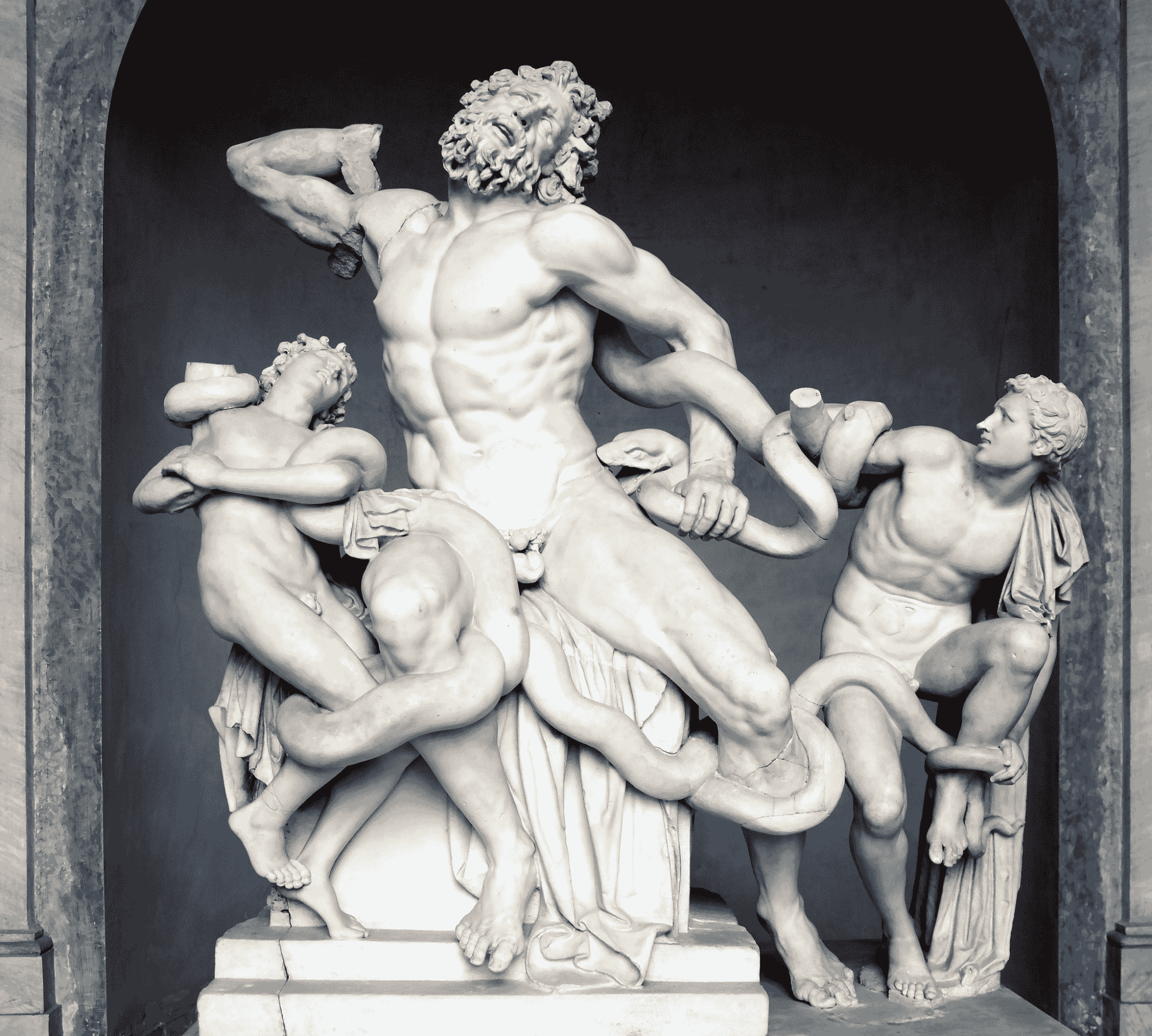
Masters of Greek Marble Sculpture
Greek marble sculpture was shaped by the hands of numerous gifted artists who achieved mastery in their craft. These sculptors left a lasting impact on the world of art, influencing generations of artists to come. Some notable sculptors include Phidias, Myron, Praxiteles, and Lysippus.
Phidias, often regarded as one of the greatest sculptors of all time, was responsible for the awe-inspiring statue of Zeus at Olympia, one of the Seven Wonders of the Ancient World. His ability to capture the divine essence of the gods in marble statues solidified his status as a master sculptor.
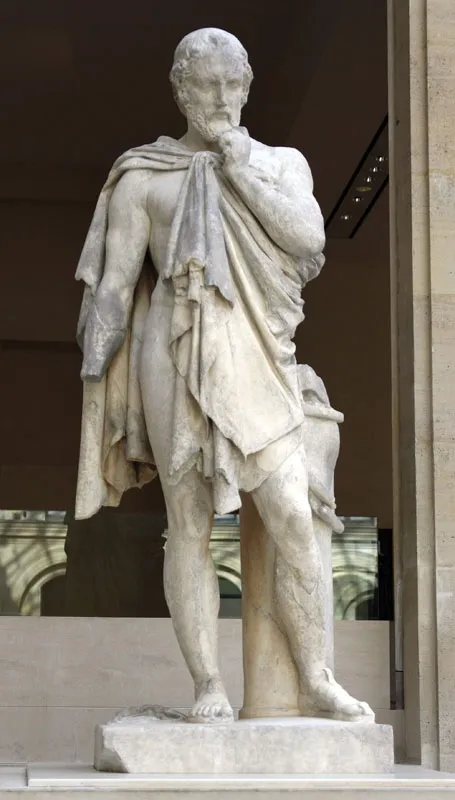
Myron, famous for his naturalistic approach, created the aforementioned "Discobolus," a remarkable portrayal of athletic prowess frozen in stone. The statue captures the fleeting moment of a discus thrower's movement with extraordinary realism and grace.
Praxiteles, known for his ability to infuse sensuality and naturalism into his sculptures, crafted the iconic "Aphrodite of Knidos." This statue marked a significant departure from the idealized depictions of goddesses, as Praxiteles portrayed Aphrodite in a moment of vulnerability and sensuousness.
Lysippus, a sculptor who worked during the Hellenistic period, emphasized intricate details and naturalistic representation. He introduced a new canon of proportions, favoring slender and elongated figures. Lysippus' works had a profound influence on subsequent artists and sculptors.
Greek marble statues created by these master sculptors continue to astonish and inspire audiences to this day. The "Nike of Samothrace," also known as the Winged Victory of Samothrace, is a breathtaking masterpiece attributed to an unknown artist. This statue depicts Nike, the goddess of victory, standing triumphantly on the prow of a ship, with her flowing garments and outstretched wings capturing a sense of dynamic movement and grandeur.
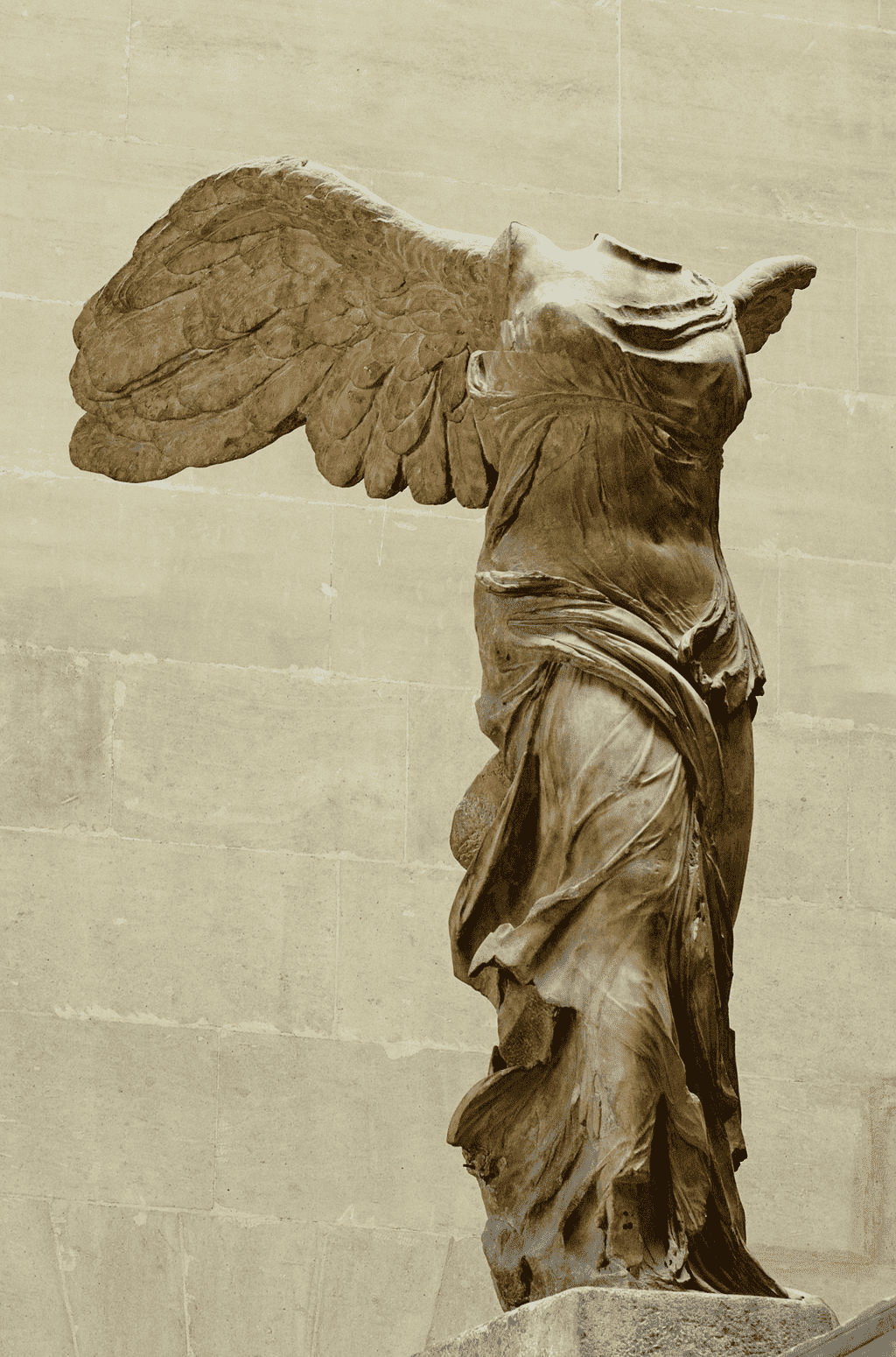
Another notable masterpiece is the "Hermes and the Infant Dionysus" by Praxiteles. This sculpture showcases the delicate balance between strength and grace, with Hermes holding the infant Dionysus in his arm. The statue's exquisite details, such as the flowing drapery and the tender interaction between the two figures, epitomize Praxiteles' skill in capturing human emotion and naturalistic form.
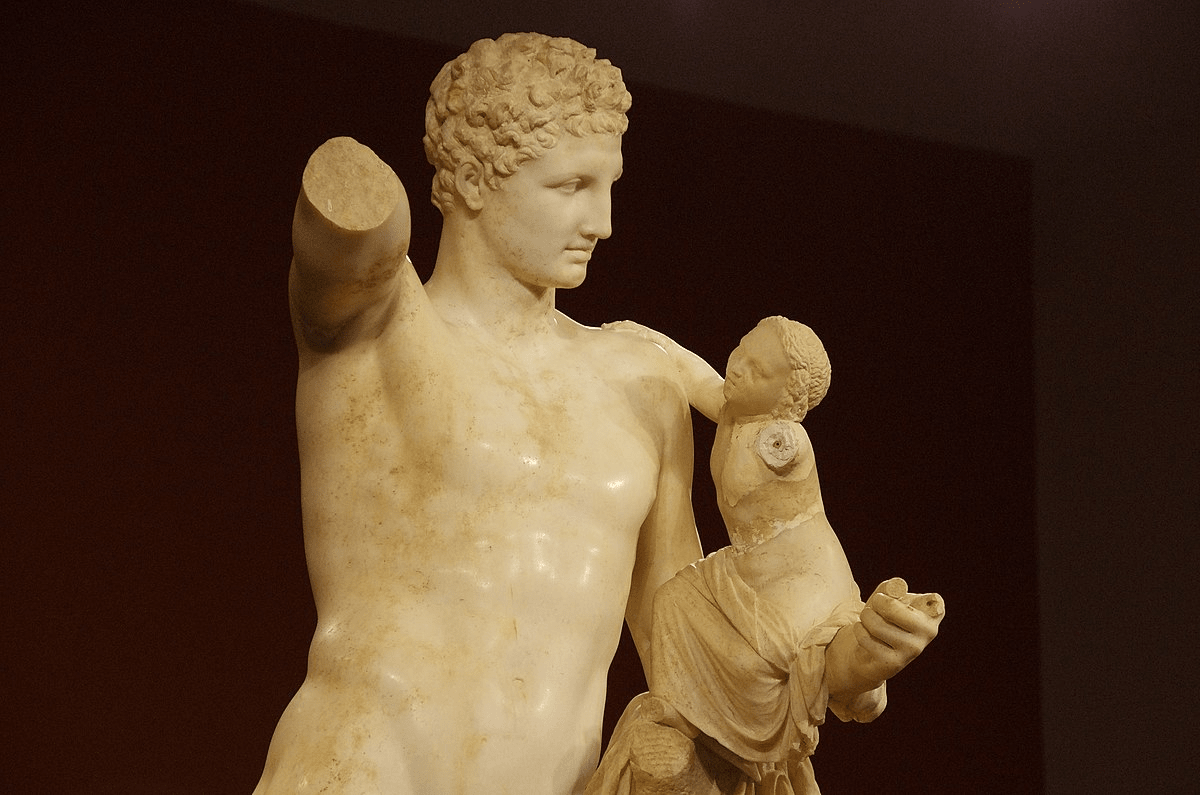
Marble Statues: Symbolism and Meaning
Greek marble statues were deeply intertwined with religious and mythological symbolism. They served as tangible representations of the gods, goddesses, and mythological narratives that held great significance in ancient Greek culture. These statues were believed to embody divine qualities and acted as a means of connecting mortals with the divine realm.
For example, the statue of Apollo, the god of music, poetry, and light, was often depicted holding a lyre, symbolizing his association with artistic inspiration and harmony. Similarly, the statue of Athena, the goddess of wisdom and warfare, often showcased her holding a spear and shield, symbolizing her role as a protector and strategist.
Greek marble statues also represented the ideals, virtues, and values held in high esteem by ancient Greek society. Through these sculptures, the Greeks sought to depict and inspire qualities such as beauty, strength, wisdom, bravery, and moral excellence.
The statue of Discobolus embodies the ideal of physical perfection and athleticism, capturing the essence of the Greek admiration for the human body and the pursuit of physical excellence. This statue celebrated the virtues of discipline, skill, and competition that were integral to Greek society.
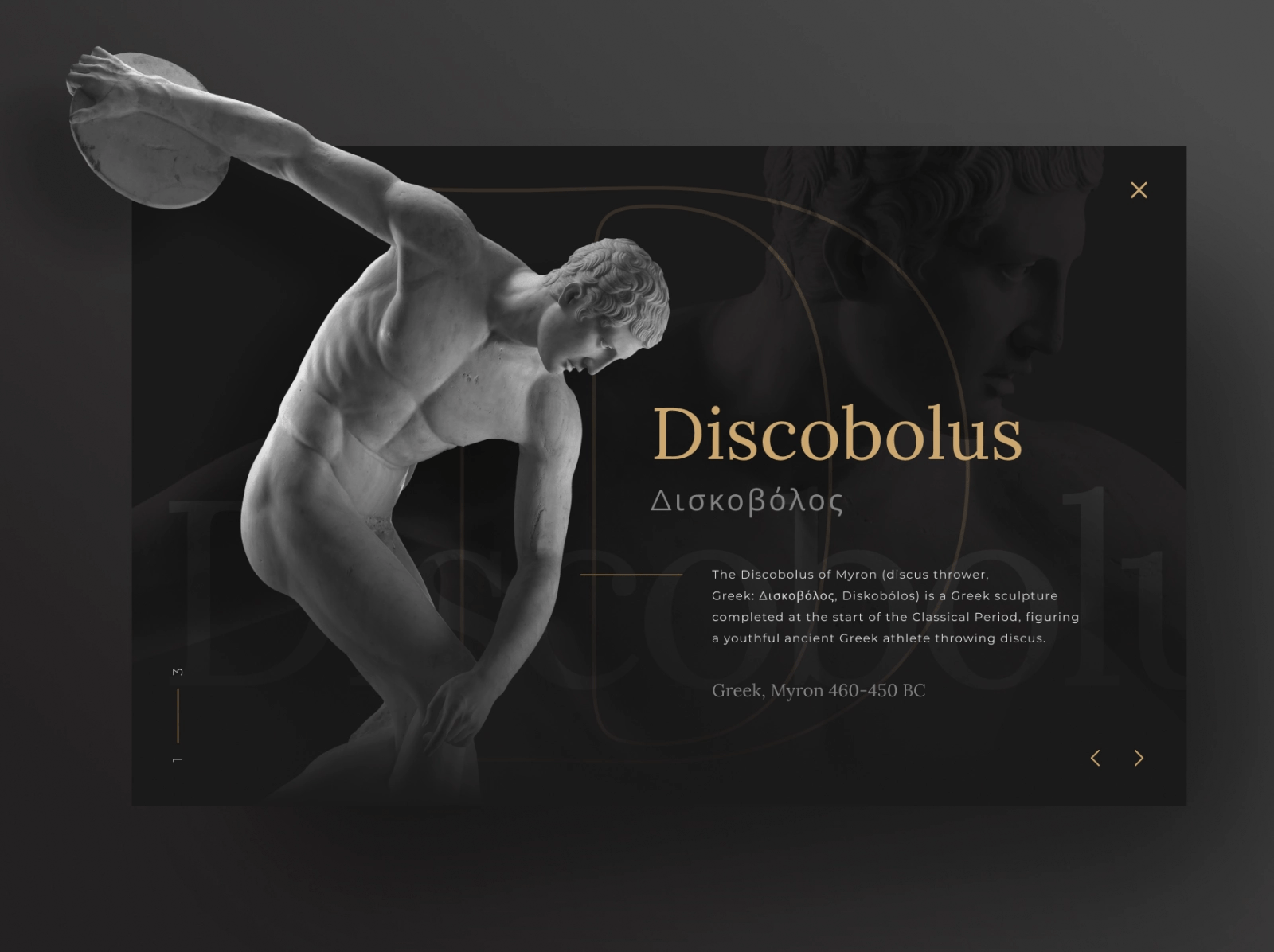
Method of Preservation and Restoration
Preserving ancient Greek marble statues presents numerous challenges due to the passage of time, natural deterioration, and human intervention. Exposure to the elements, environmental pollutants, and changes in temperature and humidity can all contribute to the degradation of marble surfaces over centuries.
Additionally, human activities such as war, looting, and improper handling have caused damage to these delicate sculptures. The removal of statues from their original contexts and transportation to different locations also poses risks to their preservation.
Preservation and restoration efforts employ a combination of traditional techniques and advanced technologies. Skilled conservators work diligently to stabilize damaged areas, clean the surfaces, and prevent further deterioration. They utilize specialized tools, such as microscopes and lasers, to analyze and document the statues' condition.
Digital imaging and 3D scanning techniques have become valuable tools in documenting and reconstructing damaged or missing parts of marble statues. These technologies aid in the accurate restoration of lost details, allowing the statues to be appreciated in their original splendor.
Legacy and Influence
Greek marble statues have left an indelible mark on the history of art and continue to inspire artists across different eras. The pursuit of mastering perfection, as exemplified by Greek sculptors, became a guiding principle for future generations of artists. The influence of Greek marble statues can be observed in various art movements, including the Renaissance, neoclassicism, and modern sculpture.
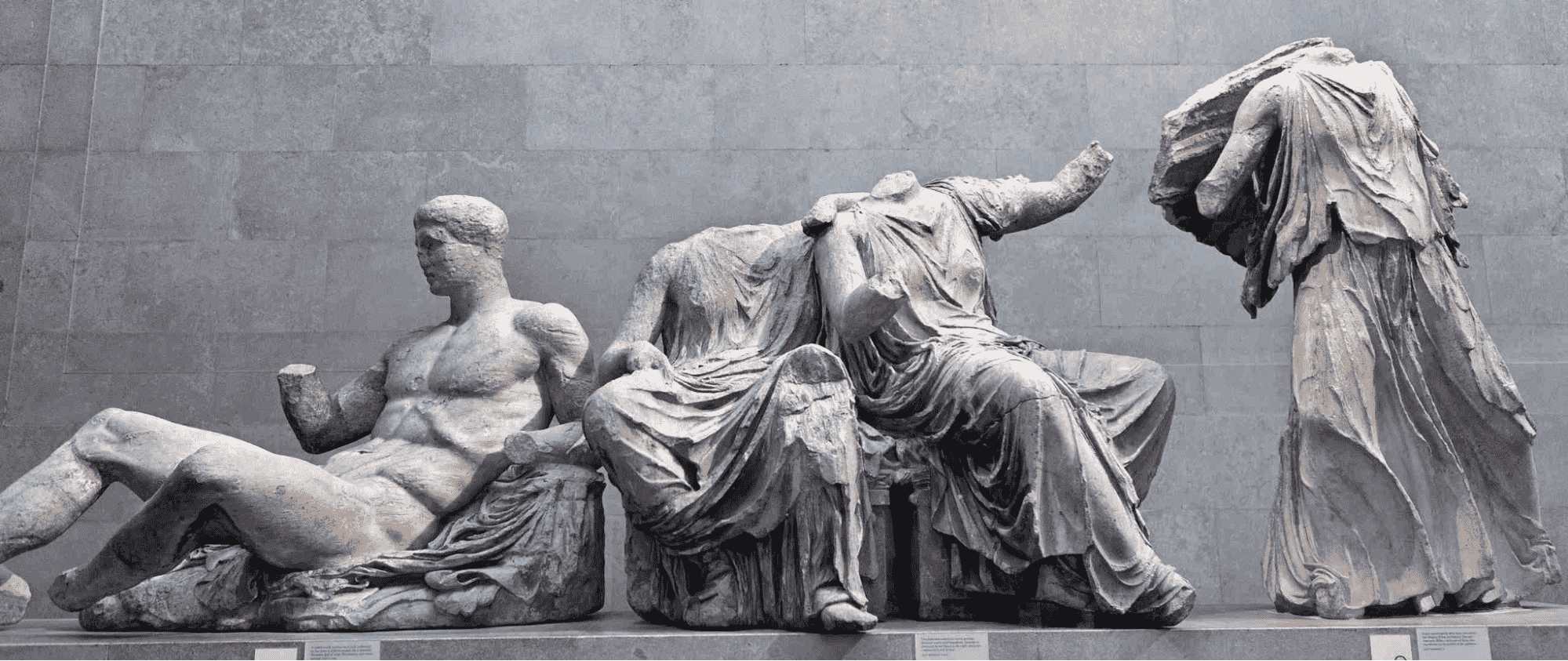
During the Renaissance, artists such as Michelangelo and Donatello drew inspiration from the naturalism and idealized forms of Greek marble statues. They sought to emulate the skill and aesthetics of the ancient Greeks, giving rise to a renewed interest in classical art and a resurgence in marble sculpture.
Greek marble statues continue to be objects of fascination and scholarly study in modern times. They are exhibited in prestigious museums and art institutions worldwide, where they are admired for their artistic value and historical significance. Scholars and art enthusiasts study these statues to gain insights into ancient Greek culture, aesthetics, and craftsmanship.
The influence of Greek marble statues extends beyond the art world, permeating popular culture, literature, and even architecture. Elements of Greek sculpture, such as the use of idealized proportions and symbolism, can be observed in contemporary art and design, showcasing the enduring legacy of mastering perfection in marble sculpture.
Conclusion
In conclusion, Greek marble statues represent the epitome of mastering perfection in art. These magnificent sculptures, crafted by the hands of skilled artists, embody the harmonious blend of technical skill, idealized beauty, and profound symbolism. Greek marble statues not only captured the essence of the human form but also served as conduits for religious beliefs, mythological narratives, and societal values.
From the iconic works of Phidias and Praxiteles to the enduring influence on subsequent art movements, Greek marble statues continue to captivate and inspire audiences around the world. Their preservation and study ensure that the legacy of mastering perfection in marble sculpture endures, allowing future generations to appreciate the extraordinary artistry and cultural significance of these timeless masterpieces.
Indulge in the captivating allure of Greek marble statues within the comfort of your own sanctuary, courtesy of Classybath Stone Tubs. Contact Classybath Stone Tubs today to discover the embodiment of opulence in our Greek marble-inspired creations.
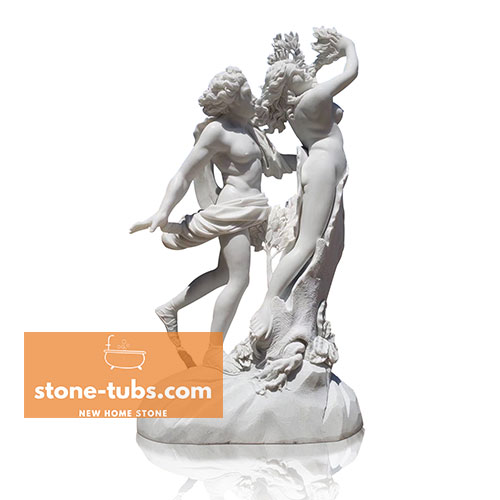
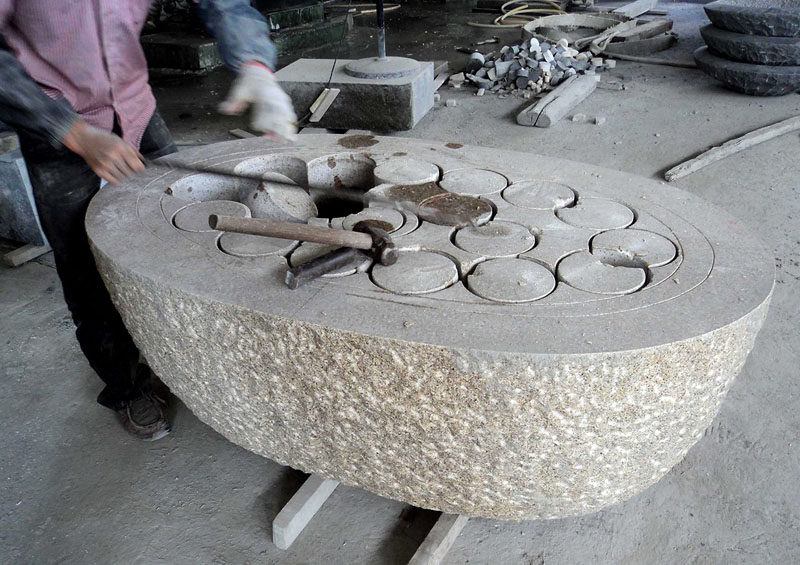
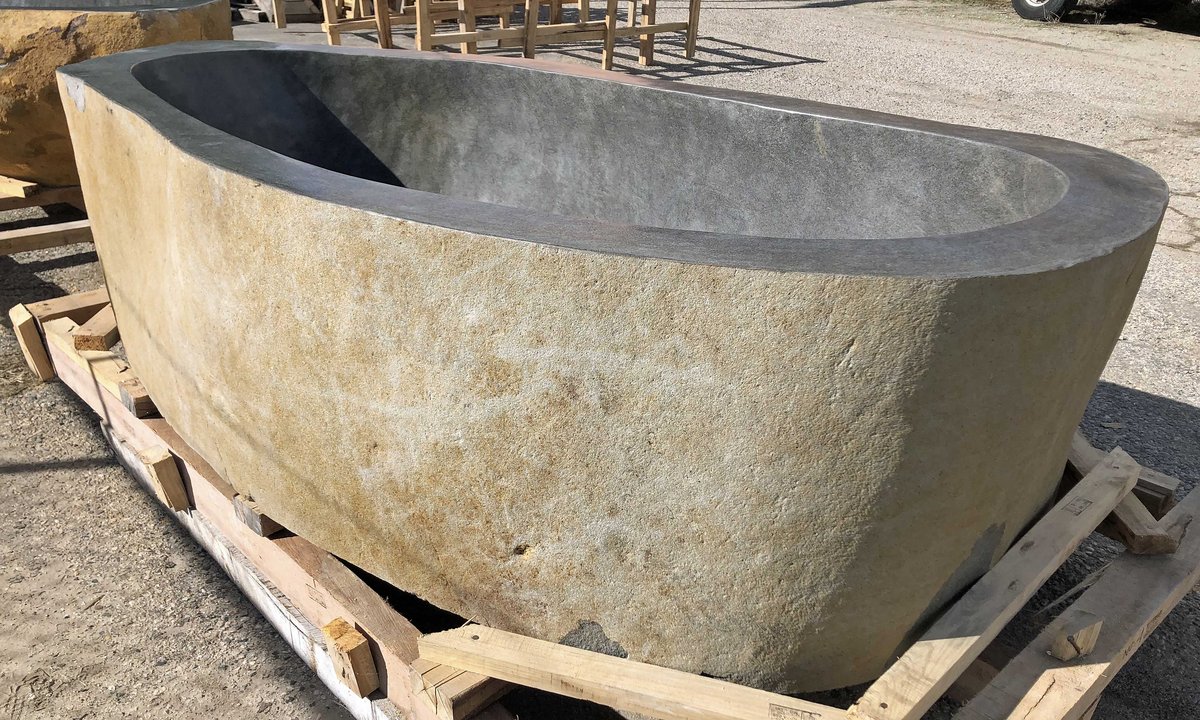



.png)
